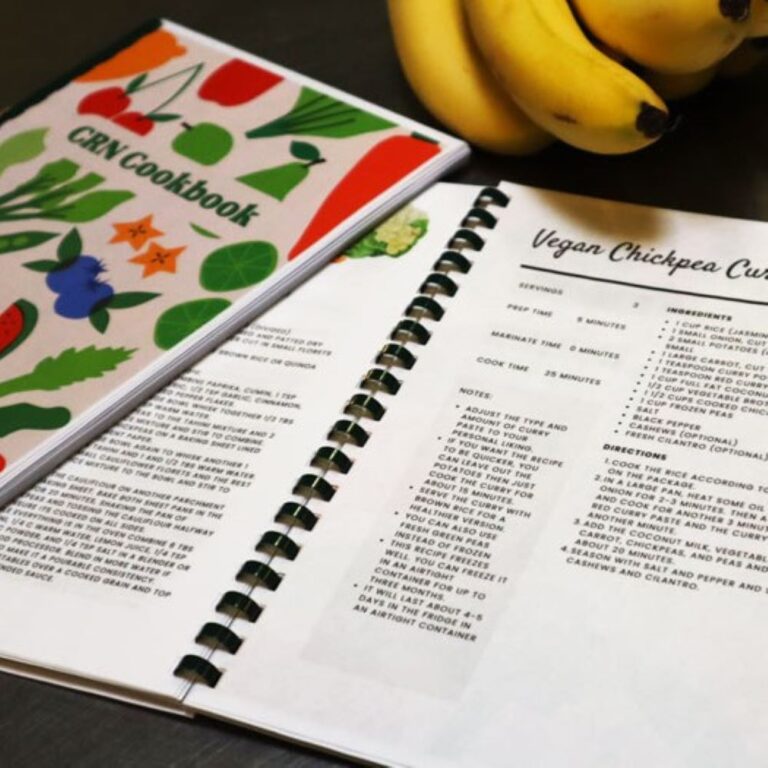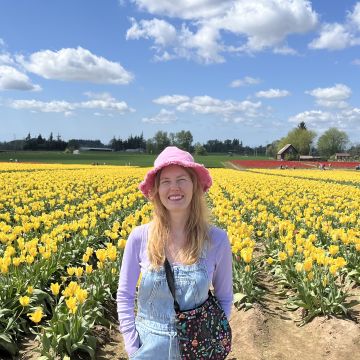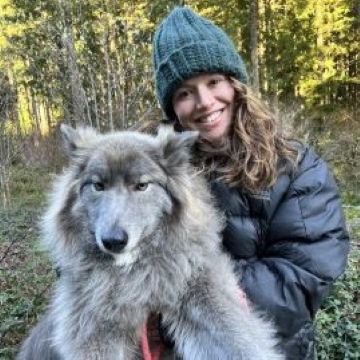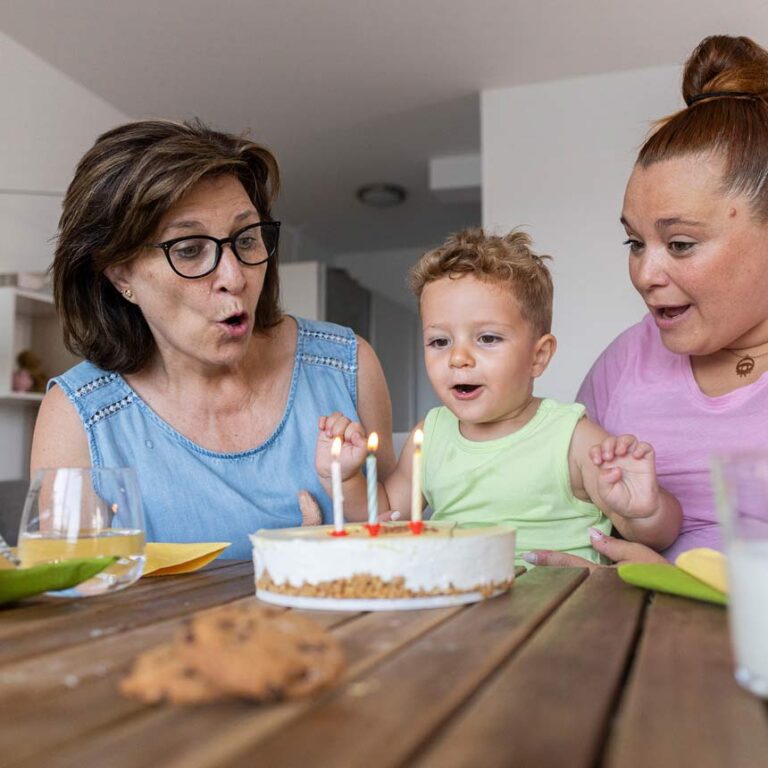All About Kwanzaa
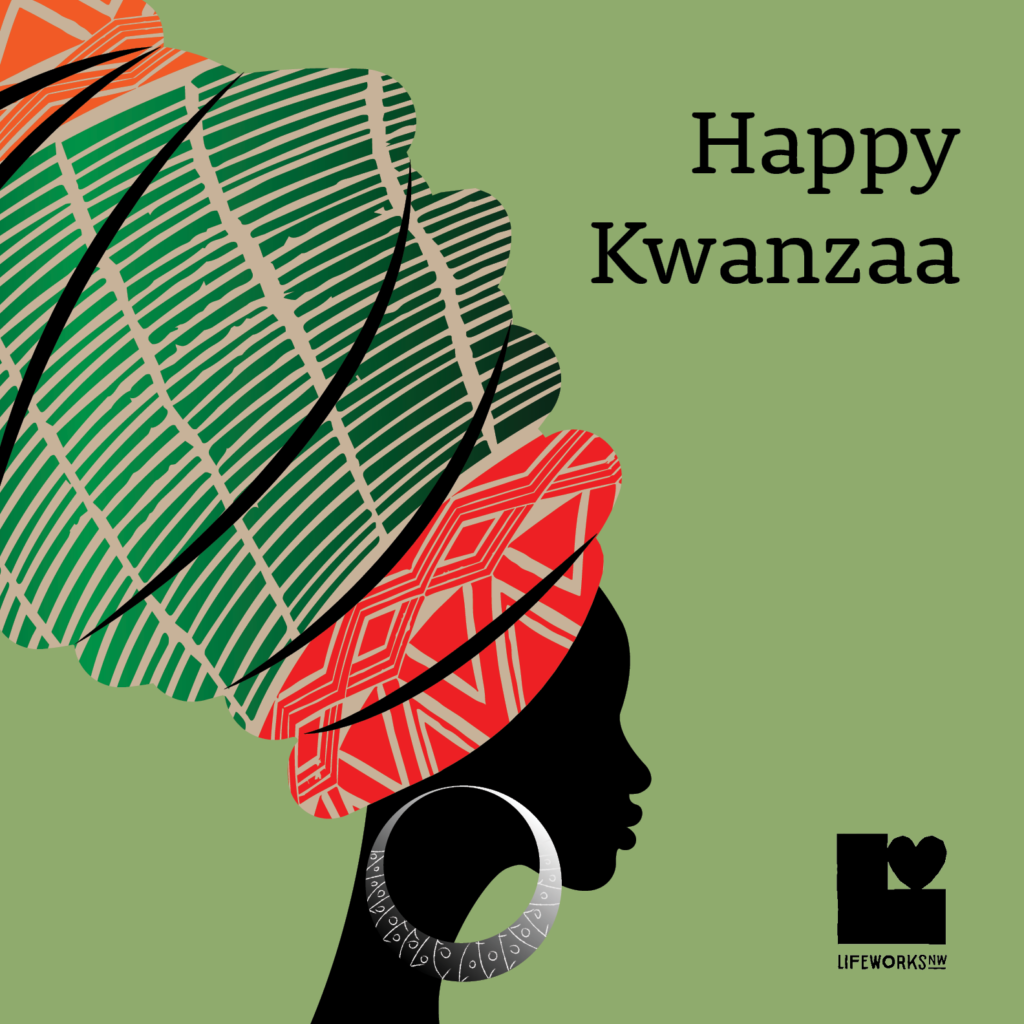
If you’re not part of the Black community, chances are that you’ve heard about Kwanzaa, but you might not be sure exactly what it’s all about.
This yearly cultural holiday has roots in the 1960s Black freedom movement, created by author, civil rights activist, and Africana studies professor, Dr. Maulana Karenga. In 2009, he wrote, “Kwanzaa was conceived, created and introduced to the African community as an audacious act of self-determination.”
The holiday is secular, not religious, in nature, and lasts for seven days. It’s a Pan-African celebration meant to unite all members of the Black diaspora, commemorating family and culture, remembering their heritage, and giving thanks for the good things in their lives.
While the holiday is rooted in African culture, people of all races and backgrounds are welcome to join the celebration, as the messages of the holiday are intended to be universal. However, the official Kwanzaa website makes clear that it is not appropriate for people who are not of African heritage to lead the rituals.
The Symbolism of Kwanzaa
The word “kwanzaa” comes from the Swahili phrase “matunda ya kwanza,” which means “first fruits.” Dr. Karenga chose the Swahili language because it’s the most widely spoken African language. He modeled the celebration of traditional harvest festivals throughout the African continent.
Kwanzaa occurs after Christmas, running from December 26 to January 1. The dates intentionally line up with the Judeo-Christian holiday season, which Dr. Karenga already recognized as a time of celebration and joy for many cultures. Many people observe both their traditional religious holidays and Kwanzaa every year.
Kwanzaa is centered on the seven principles, also known as Nguzo Saba. The principles are:
- Umoja (Unity) – “To strive for and maintain unity in family, community, nation, and race.”
- Kujichagulia (Self-Determination) – “To define ourselves, name ourselves, create for ourselves and speak for ourselves.”
- Ujima (Collective Work and Responsibility) – “To build and maintain our community together and make our brother’s and sister’s problems our problems and to solve them together.”
- Ujamaa (Cooperative Economics) – “To build and maintain our own stores, shops and other businesses and to profit from them together.”
- Nia (Purpose) – “To make out collective vocation the building and developing of our community in order to restore our people to their traditional greatness.”
- Kuumba (Creativity) – “To do always as much as we can, in the way we can, in order to leave our community more beautiful and beneficial than we inherited it.”
- Imani (Faith) – “To believe with all our heart in our people, our parents, our teachers, our leaders and the righteousness and victory of our struggle.”
These seven principles are represented by seven symbols that are displayed during Kwanzaa celebrations, including:
- Mkeka – A mat that is placed beneath the other symbols, representing the foundation of African history and traditions.
- Mazao – Crops, usually represented by fruits and vegetables, show respect for the labor used to grow our food and traditional African harvest celebrations.
- Kinara – A candleholder holding seven candles, representing Black people’s common heritage.
- Mishumaa Saba – The seven candles represent the seven principles. They are traditionally colored red, green and black, and placed in a specific order to correspond with the days of Kwanzaa.
- Muhindi – Corn, used to represent African children and the promise of their future. In families with children, one ear of corn is laid out for each child. In households without children, a single ear represents the children of the community, instead.
- Kikombe cha Umoja – The Unity Cup is used to pour water, juice or wine for friends and family, symbolizing the unity of the African people.
- Zawadi – Gifts that represent parents’ labor and the rewards for their children. These gifts are intended to be educational or serve some kind of enrichment, so they may include books or artwork. The gifts are often symbolic of African heritage.
How is Kwanzaa Celebrated?
On each day of Kwanzaa, those celebrating will greet one another with the question “Habari gani?” (in English, “What’s happening?”). Each day, the response will be the principle of that day.
Then, there will be a group prayer and a Harambee, or call for unity. A ceremonial libation will be performed, pouring out drinks from the Kikombe cha Umoja in memory of departed loved ones. Someone will light the day’s candle on the Kinara, usually the youngest child. There will be a discussion of the day’s principle and its meaning. Some families will exchange one gift per day of Kwanzaa, but others will exchange them all on the last day.
On December 31, observers celebrate with a holiday feast, called Kwanzaa Karamu. The traditional cuisine is a blend of Caribbean, African, and South American dishes.
The final day is reserved for reflection on three questions: Who am I?” “Am I really who I say I am?” and “Am I all I ought to be?” At the end of the final celebration, all of the candles are extinguished to represent the end of the holiday.
While Kwanzaa began as an American holiday, millions of African people around the globe now observe the celebration, according to Chimbuko Tembo of the African American Cultural Center in Los Angeles.



